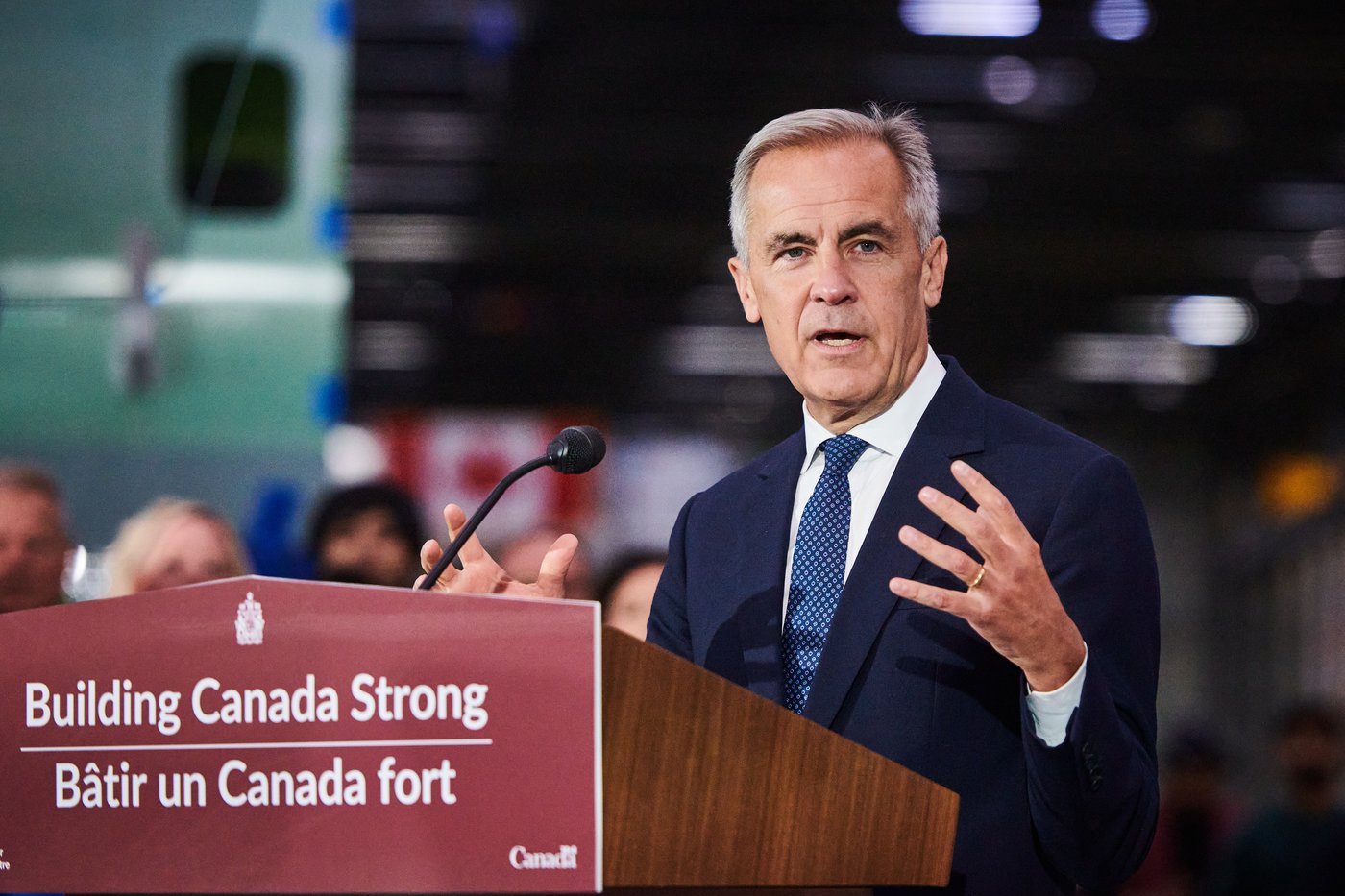Human smuggling attempts aimed at U.S. entry spiking along Quebec-N.Y. border
;Resize=(620))
Sgt. Daniel Dubois pulled his unmarked SUV in behind a black Kia hatchback as it began to pick up speed down a two-lane country highway through Quebec’s borderlands with New York State.
Dubois, who leads the RCMP’s Champlain border patrol unit, has a honed eye for the small details that separate local traffic from suspected vehicles on human smuggling border runs through this region of forests, fields and farms about 70 kilometres south of Montreal.
His first sign there’s something off with the Kia was the speed: rising over 100 km/h in an 80 km/h zone on a June evening when most local traffic was heading into driveways, coming back home.
The other possible tell was the Ontario plates. So, he called in dispatch to run it, confirming his suspicion: it’s a rental from the Toronto area.
“They obviously dropped some people off,” he said, still following behind.
That’s how human smuggling networks operate in this area. Vehicles speed in and out after dropping people off at certain spots — on gravel roads that lead to the U.S. border, or along fields or forested areas with footworn trails heading south. Sometimes it’s an Uber or cab drivers that drop people off, as part of a side hustle.
Quebec’s Roxham Road and the surrounding area was a lightning rod of controversy, with thousands using it to cross illegally into Canada from the U.S. With migrant traffic now going in the opposite direction, CBC’s Jorge Barrera got a first-hand look at how the RCMP are handling the human smuggling hot zone.
In some cases, smuggling networks arrange everything from the airplane ticket to Toronto or Montreal, the ride to the border and the pickup vehicle waiting on the other side. It’s a lucrative illicit business for smugglers, some of whom are based overseas. Canadian and U.S. court records show smugglers have charged people between $1,500 to $35,000 US to get spirited across the border.
The growing underground cross-border traffic can be dangerous for those being smuggled. There are cases where people have been abandoned by guides to face the elements, stranded in fields in the middle of winter or pushed into water crossings while facing a storm.
The rising flow of irregular traffic over its northern border is also an irritant in the U.S. where the immigration issue — driven by the pressure along the Mexican border — is a live political wire.
As Dubois continued to tail the Kia, the vehicle started to pull away, hitting speeds of 127 km/h. Dubois had to let it go. He has no grounds to pull the vehicle over — speeding is a provincial offence and he had no concrete intelligence the vehicle was involved in a border run.
“Sometimes it does get a little frustrating,” he said. “You’re running around chasing your tail all evening, all night, all day, day in, day out.”
Record high border crossings
U.S. Border Patrol encounters along the border with Canada have been rising sharply since the beginning of last year.
In 2023, U.S. border agents recorded nearly 12,000 apprehensions. This was over three-and-a-half times more than 2022’s total of about 3,600, and far outstripping 2021, which saw only 1,006.
This year’s numbers are tracking even higher than last year, with over 5,600 apprehensions from January to April, already surpassing the year-end totals for 2021 and 2022 combined, according to latest data from the U.S. Customs and Border Protection.
The area Dubois patrols is part of a region that has the highest rate of U.S-bound illegal crossings anywhere along the border. It’s not far from Roxham Road — which was used by thousands of asylum seekers crossing into Canada from the U.S. until it was closed at the end of March 2023.
Dubois’s team has been facing a surge of human smuggling activity in their patrol area throughout the spring. Over some weekends, they say they’ve recorded 300 interceptions of attempted U.S.-bound runs across along the 168-kilometre border stretch they patrol.
The Swanton Sector, which covers counties in New York State east of the St. Lawrence River, Vermont and New Hampshire, is where the majority of people are apprehended crossing irregularly by the U.S. Border Patrol — 4,032 over the first four months of this year. That’s more than double the number of interceptions recorded over the same time span last year.
“These are levels that are truly unprecedented for us,” said Jonathan LaHart, deputy patrol agent-in-charge for the U.S. Border Patrol station in Champlain, N.Y.

Currently, the top encountered nationalities are from India, Mexico, Bangladesh, Haiti and Venezuela, he said.
“There’s a misconception that crossing from Canada into the United States is the safer alternative [to Mexico], which it is not,” said LaHart, who patrols a region in New York State that runs parallel to Dubois.
“There are mountains … lakes, streams. So the journey is very treacherous.”
This past December, Ana Karen Vasquez-Flores, 33, who was pregnant and from Mexico, was found dead near Champlain, N.Y., after crossing the U.S. border from Canada. A Colombian man living in Quebec is now facing extradition to the U.S. in connection with her death.
The RCMP announced earlier this month it had taken down a smuggling ring allegedly connected to the St. Lawrence River drowning deaths of two families — one from India and the other from Romania — last year. Both families were being smuggled into the U.S.

The forces driving increases in irregular migration around the world are the same ones behind the trends along the Canada-U.S. border, says one longtime immigration lawyer.
“There are people here that are desperate and they have nowhere to go,” said Ravi Jain, who heads Toronto law firm Jain Immigration Law.
Chirag Patel, a U.S. immigration lawyer, says a global trend toward increasingly authoritarian regimes has also been a factor.
“There’s just a change … all over the world that we just didn’t see even two years ago,” said Patel.
Past reporting by CBC News has revealed that economic and political pressures are driving more and more people to use Canada as a backdoor into the U.S. Many never plan on staying in Canada, the American Dream is still the main destination.
Border is ‘not secure’: U.S. sheriff
The increased irregular traffic coming from Canada is also creating friction in U.S. border towns. In Malone, N.Y., which sits about 50 kilometres southwest of Cornwall, Ont., municipal leaders held a town hall on the issue last Monday.
Joe Biden’s failed policies have left local law enforcement high and dry, slashing personnel and funding crucial for protecting border communities.<br><br>WATCH: Sheriff Hutchinson of Renville County, ND details the burden that his department has faced under Biden’s Border Crisis. <a href=”https://t.co/5IxEkSrpNJ”>pic.twitter.com/5IxEkSrpNJ</a>
—@JudiciaryGOP
Republican congressional members on the House Judiciary immigration subcommittee held a hearing on the Canadian border at the end of May in Grand Forks, N.D.
“Our North Dakota sheriffs have had to deal with border-related dead bodies, high-speed pursuits,” Renville County Sheriff Roger Hutchinson told the subcommittee.
“Our northern border is open and not secure.”
Immigration Minister Marc Miller said the Canadian government is working to tighten procedures to screen out individuals who are coming to Canada simply to springboard into the U.S. through illegal means.
“The border is always a constant discussion between our two big countries,” said Miller.
Along the border frontier with the U.S. Dubois and his RCMP border team faces another long summer trying to stem a human tide that is driven by geopolitical forces beyond their control.
“I do have morale issues sometimes,” he said. “I have to pump up the troops, reassure them.”



